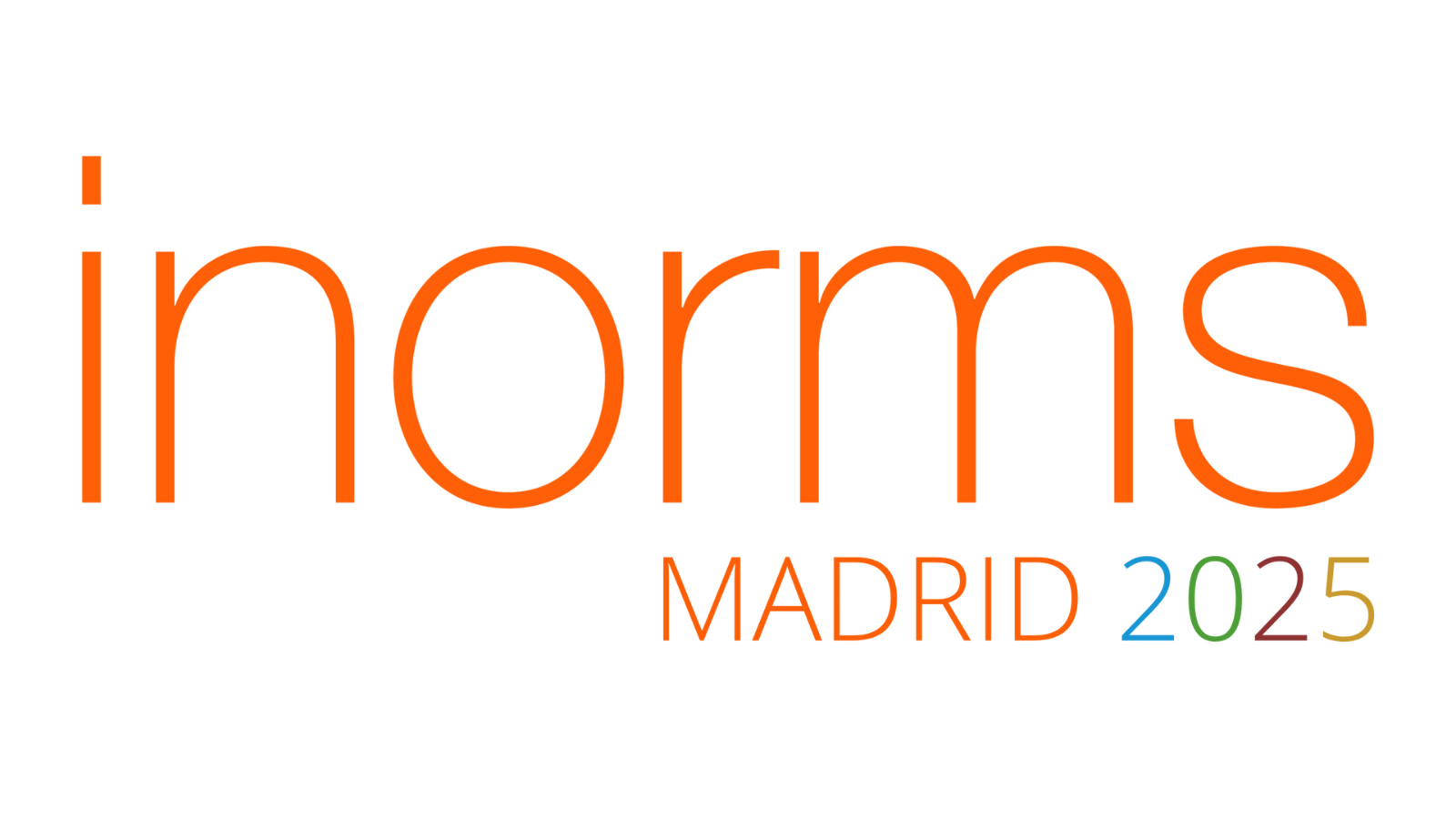Let’s Get Practical
Citizen Science, RMA & Societal impact
Abstract
The increasing demand of societal (or real) impact represent new challenges for universities and their underlying support and infrastructures. This requires dialogue and commutation between researchers, stakeholders, and RMA that can optimally be included pre-award.
It’s a quite delicate process. Research questions and outcomes must be weighed closely along with the role of stakeholders and communities while also balanced towards the framework or demands of funders. Accordingly, this can prove difficult when none of the parties might have the complete picture. This includes what research outcomes might be relevant the citizens involved and what impact they have.
Based on current research within the field (Farooque et al. 2024) as well as our experience from supporting this process, we propose a three-step framework (model) that addresses both the post- and pre-award phase as well as internal and external stakeholders.
The framework is a tool for researchers, RMA, and project managers, who aim to broaden the scientific and societal impact of their research in topics such as sustainability, health inequality and climate change, by involving the public and other stakeholders (e.g. government, industry, etc.) in the entire process. It’s developed between partners in Denmark and the U.S. It aligns internal funding processes and infrastructure with Citizen Science and include elements of co-design (pre-award) and collaboration and transformation (post-award).
Besides presenting the framework and tips to deploy it, the presentation identifies barriers and accelerators that could prove useful for RMA including skills in the organization (Kaarsted et al. 2023). The framework can be applied to other research areas of citizen engagement and citizen involvement that has 30 entries in the current Horizon Europe funding scheme (per September 2024).
The takeaways are that the grants writing process could benefit from being re-aligned as well as a better understanding of including partners and identifying relevant skills.

